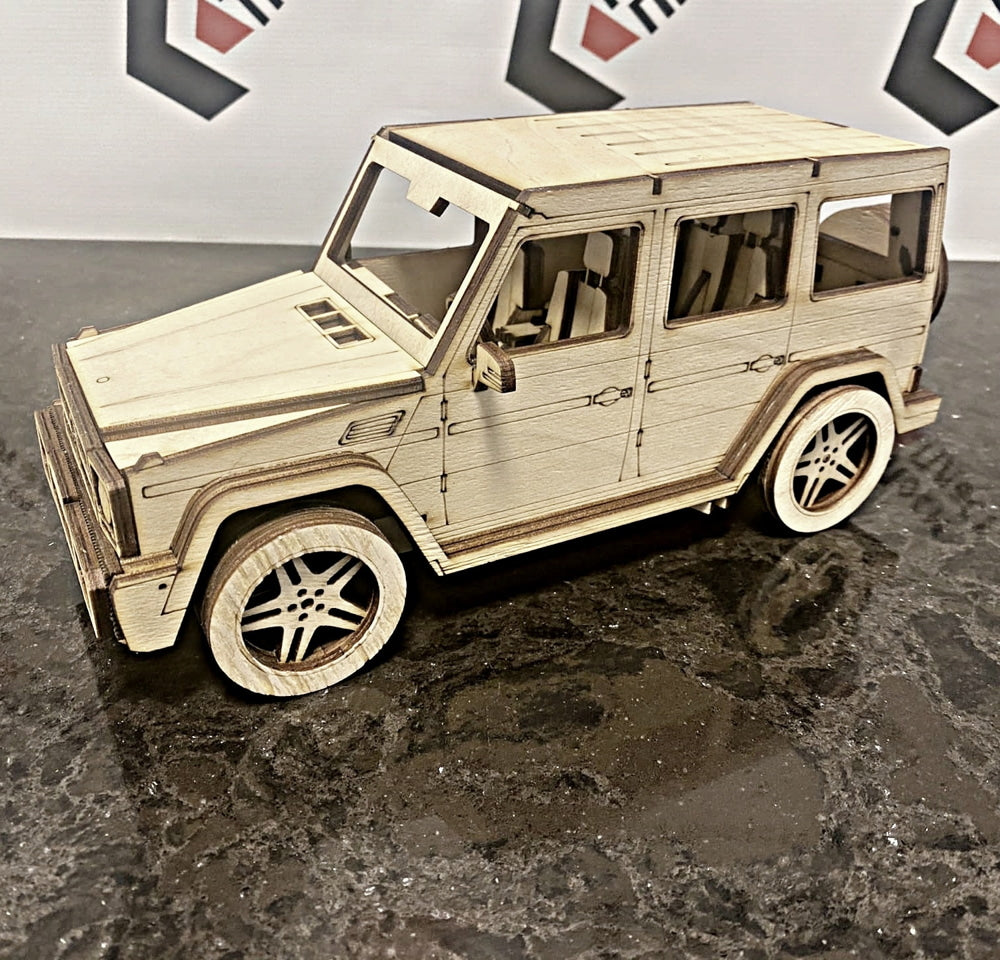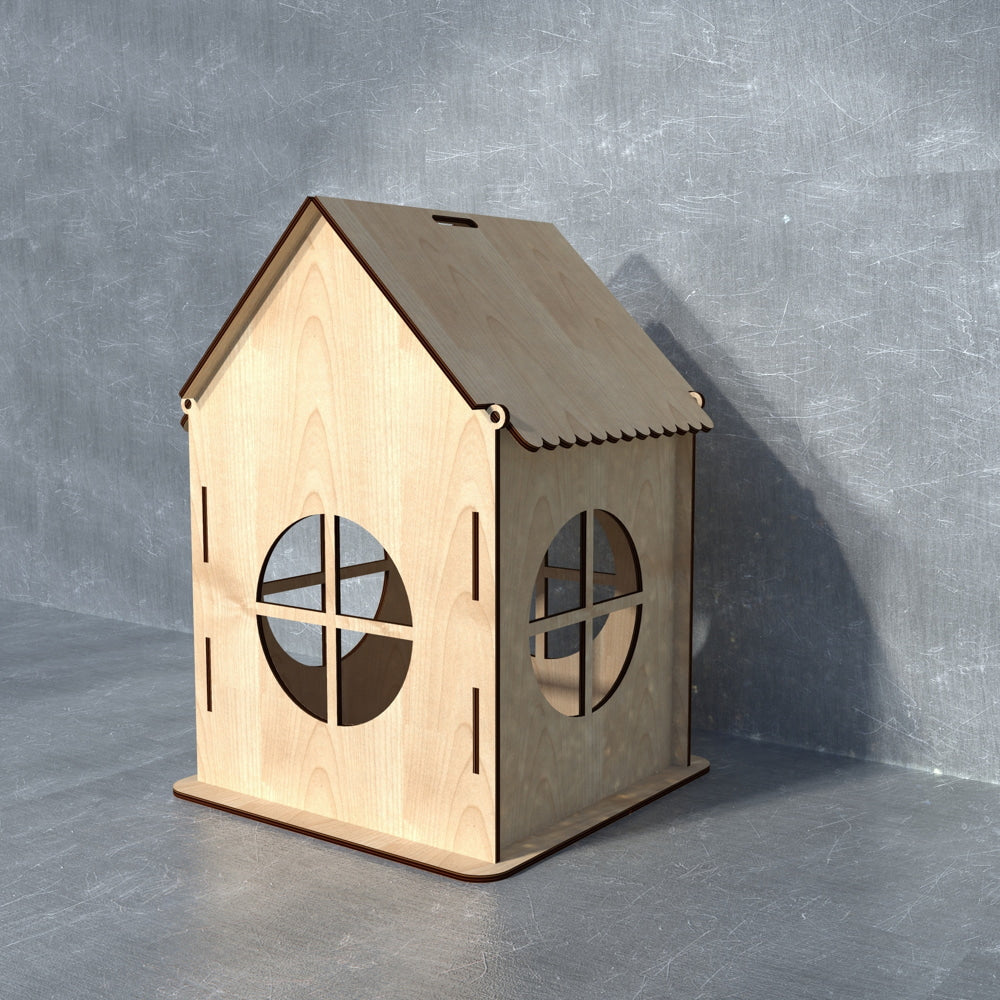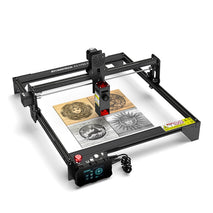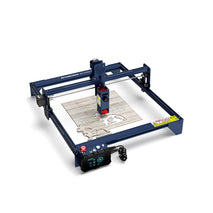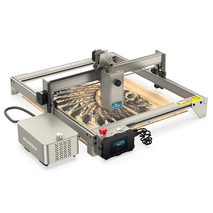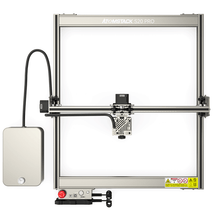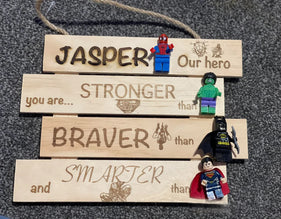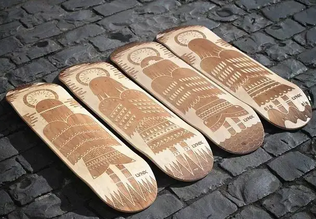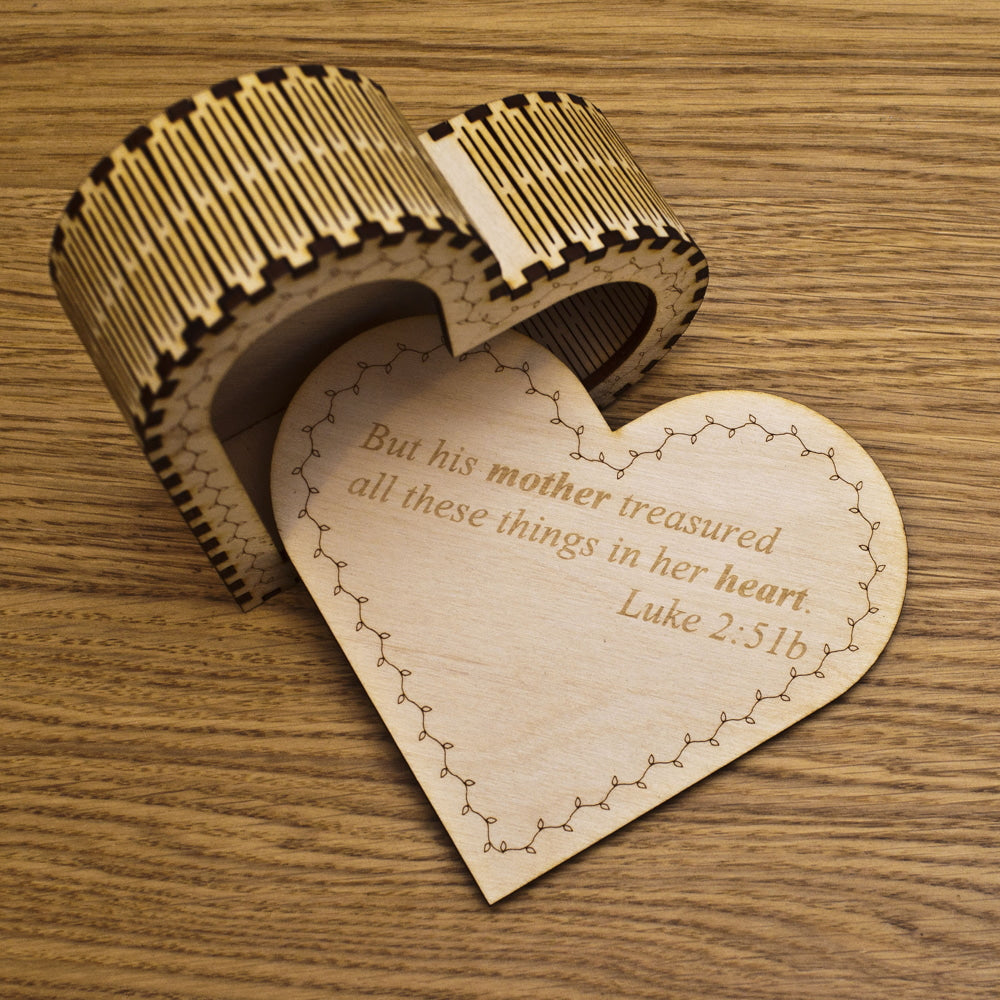
Laser Engraving Wood: A Beginner's Guide
With the continuous development of science and technology, the application field of laser technology is also expanding. Laser engraving technology has become a commonly used process, especially in the processing of wood products. The emergence of wood laser engraving technology has brought many variable possibilities to the fields of product production, personalized customization, and artistic creation. Although the application of Atomstack laser engraver has many benefits, for beginners, it takes a certain amount of time and effort to understand and master wood laser engraving technology. This article will provide beginners with a complete beginner's guide to wood laser engraving, so that beginners can quickly master the technology.
What Is Wood Laser Engraving?
Wood laser engraving is to focus the laser beam on the surface of the wood, so that the wood is photo-etched to form different patterns, symbols and characters. Through laser engraving technology, we can generate many beautiful patterns on wood, which can be applied to various fields.
What Are The Advantages Of Wood Laser Engraving?
- Efficient and precise - the laser chip can be controlled by a computer program, which makes the laser cutting process efficient and precise, and can cut patterns of any shape.
- Easy to operate - Atomstack S20 Pro laser engraver has a computer-controlled operation function, the operator only needs to follow the operation steps to learn quickly.
- Will not damage the wood surface - the laser beam will only etch superficially and will not cause any damage to the wood surface.
- Flexible design - After using the computer to upload the pattern, it can be designed and cut according to the characteristics of different woods. Compared with traditional mechanical processing, this kind of flexibility greatly improves the customizability of the process.
- Easy to handle - the corresponding laser power can be used for different woods, the processing speed is fast, clean, no noise, and little air pollution, making wood carving an environmentally friendly processing technology.
What Problems Should Be Paid Attention To In Laser Engraving Technology?
- Cutting speed and power - For some hard wood materials, the laser power needs to be increased, and the cutting speed needs to be reduced; for some soft wood, the laser power needs to be reduced, and the cutting speed needs to be accelerated.
- Safety measures - The laser beam has a strong ability to harm the human body. When using the Atomstack S30 Pro laser engraver, be sure to wear protective glasses for operation.
- Wood treatment - Before wood laser engraving, it is necessary to carry out pretreatment according to different wood materials, such as polishing the wood surface to remove the furry feeling on the surface, because the focus of the laser beam is very small, and the laser energy is directly generated by The focus is on, so the seemingly smooth surface also has slight vibrations. You can use cotton wool to wipe it gently, and spray a thin layer of coating on the surface to increase adhesion and improve the quality of the pattern.
- Computer control and software - learn to use computer software, upload the patterns that need to be engraved, and perform calculations. According to the calculation results, operate the laser engraving machine.
How To Choose Wood Laser Engraving Machine?
- Power level - When choosing a Laserpecker laser engraving machines, you need to consider the power level of the laser. The higher the power, the faster the cutting speed and the greater the cutting depth.
- Cutting platform size - The platform size needs to be considered when choosing a laser engraving machine. Choose according to the size of the wood to be processed.
- Price - Different brands and different configurations of laser engraving machines have different prices, and comprehensive consideration is required when choosing.
- After-sales service - When choosing a laser engraver, you need to consider the quality of after-sales service in order to solve machine failures or maintain after failures.
